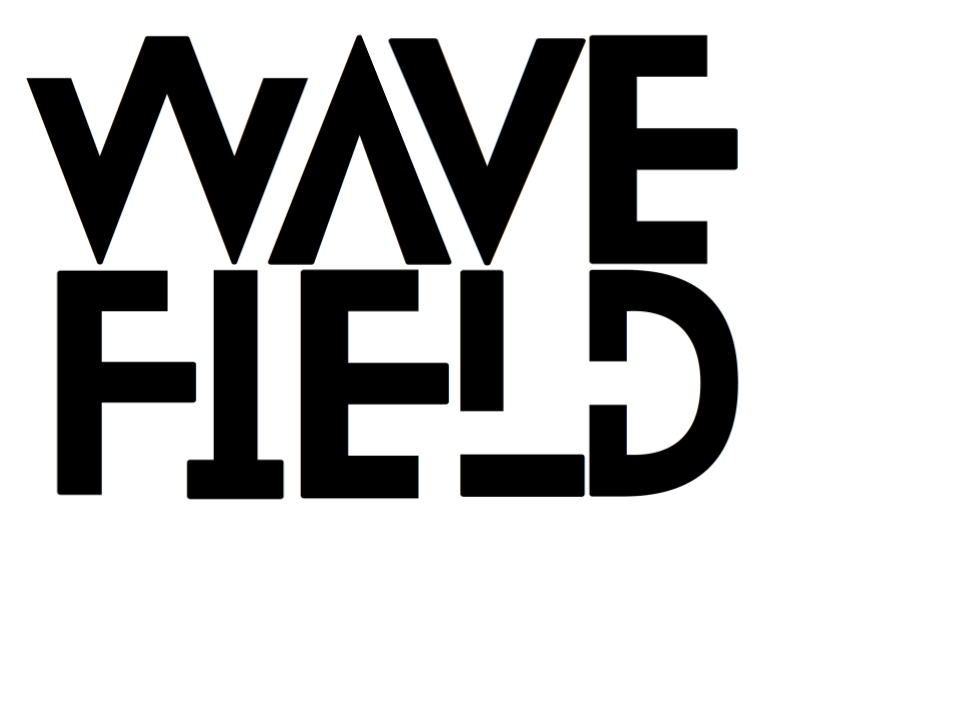Long before Nike sponsorships ever become a thing, as one gets more serious about the games one plays, games lose their gaminess and transition into sports. As I run daily around the bustling baseball and soccer fields of Inwood Hill, I observe game players in all stages of this transitional process. It is a process disconnected from age and skill level. It is a process of collective intention.
One could make an enormous Venn Diagram of shared traits between games and sport, but despite many overlapping commonalities, I think there is a firm dividing line between these realms:
GAME Do-Overs | No Do-Overs SPORT
In the ad hoc rule making of games (ad hoc rule making being central to games and never allowed in sports), the issue must be settled before commencing: are there Do-Overs? I.e.: does it matter to the broader flow of events whether or not you get it right on the first try? It’s such a significant question that in some sports a protocol for Do-Overs has been codified: tennis has the second serve, baseball has foul balls. (Soccer doesn’t do Do-Overs. Imagine a footnote here discussing the differences of continuous time verses intermittent time in how differently we approach the Do-Over in particular sports.) Instant replay exists just about everywhere in sport, but that’s more like a Do-Over for the Independent Judiciary, not for the players (an Independent Judiciary being a key hallmark in the step away from games and toward sports, but not the marker of the threshold).
Music performance is more like a sport: no Do-Overs (…unless live electronics are involved, in which case anything goes).
But composing is more like a game: Do-Overs.
In fact, most art-making is more like a game, at least until one lands a Nike sponsorship.
~
Temenuga (Nushi) Trifonova describes her novel, Rewrite, like this:
Rewrite, an intellectual mystery, follows Bruno Leblon, a history lecturer at a Paris university, during a six week long winter break as he tries to do research at the Public Library for his new book—a history of his family, one of the last aristocratic families in France. Bruno is shocked to find out that another library patron—“X”—is manipulating the historical evidence—late 19th century photographs of the Leblon family—that Bruno is using in his research. Abandoning his book, Bruno assumes the role of a detective and embarks on an investigation of the mysterious “X” and of the fictional aristocratic persona “X” seems to have assumed.
…which is all true, but while I was reading Rewrite, I had the perpetual feeling that the chapter I was in was the next chapter of an uncannily similar book, but perhaps not precisely this same book I had been reading up to that point: I had the sense that the book was being rewritten as I read it. It reminded me of some of the writing of W.G. Sebald, but with simultaneously more narrative and more disorientation, and also of Boulez.
And so our first concert season was born, wherein we explore the Do-Over.
~
Boulez’s Dérive 2 is, of course, the apotheosis of revision, being already the expansion of the ideas of Dérive 1, and having transformed from a 5-minute work in 1988 to a 45-minute work in 2006. Also, there is something decidedly Trifonova-ish about the sense it gives that perhaps it is being recomposed as you listen to it.
Aaron Helgeson’s Echoes of Always is an overt re-imagining of Baroque overtures. Anahita Abbasi’s Situation 2 (for which our first concert is named) is the second in her series of situational pieces ( - and so falls into the same category of “trying again within a series” as Ferneyhough’s Time and Motion Study II). Victoria Cheah’s I watched her smile her hand is essentially new, but as it was given a reading by the Wet Ink ensemble earlier in 2018, this performance is at once a premiere, and not.
Our second concert is built around Xenakis’ Palimpsest and Saunders’ Visible Traces. If we imagine the object of the piano as the primary source over which other writing (music) is placed, Katherine Balch’s Una Corda fits right in. The fourth piece on this program, Matthew Rickett's Melodia falls into the Boulezian “derived” category: the third version of a piano piece, which was made into piano concerto, and here offered as a chamber orchestra piece.
We are also thrilled to work with Ezra Teboul on his recreation of Steve Reich’s Pulse Music, which we will give only the second performance ever, since 1969. For this Ezra has had to re-imagine a digital version of the Phase Shifting Pulse Gate, a machine for realizing incedibly complex rhythmic phase relationships, designed at Bell Labs in 1968 and 1969.
We are so excited to present this music and give a platform to these composers. Thank you for coming along on this exploration. We hope to see you at a show!
Nick & Wavefield
Temenuga Trifonova


